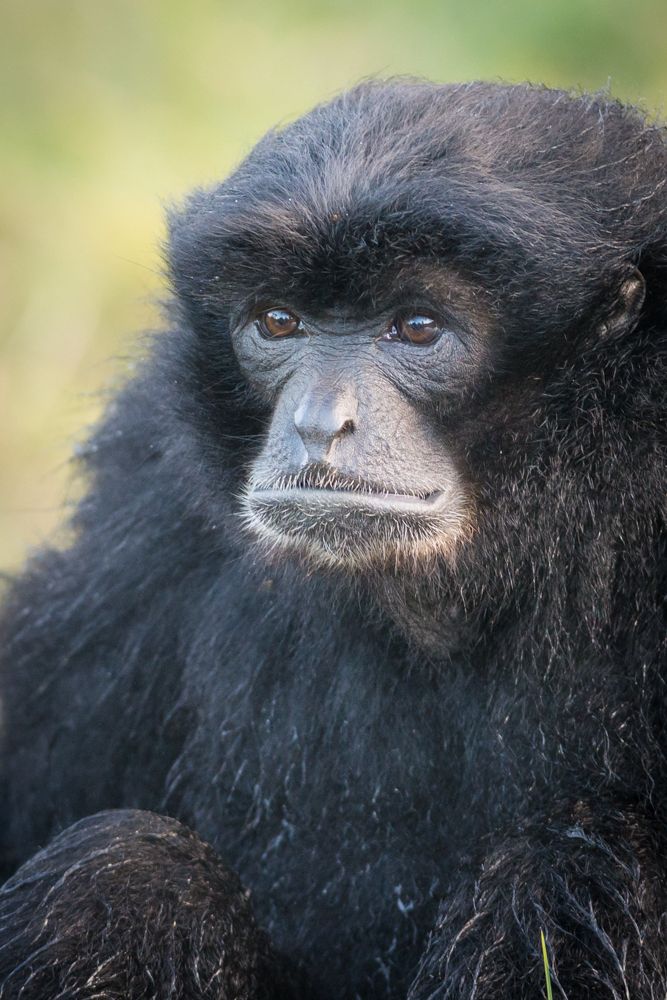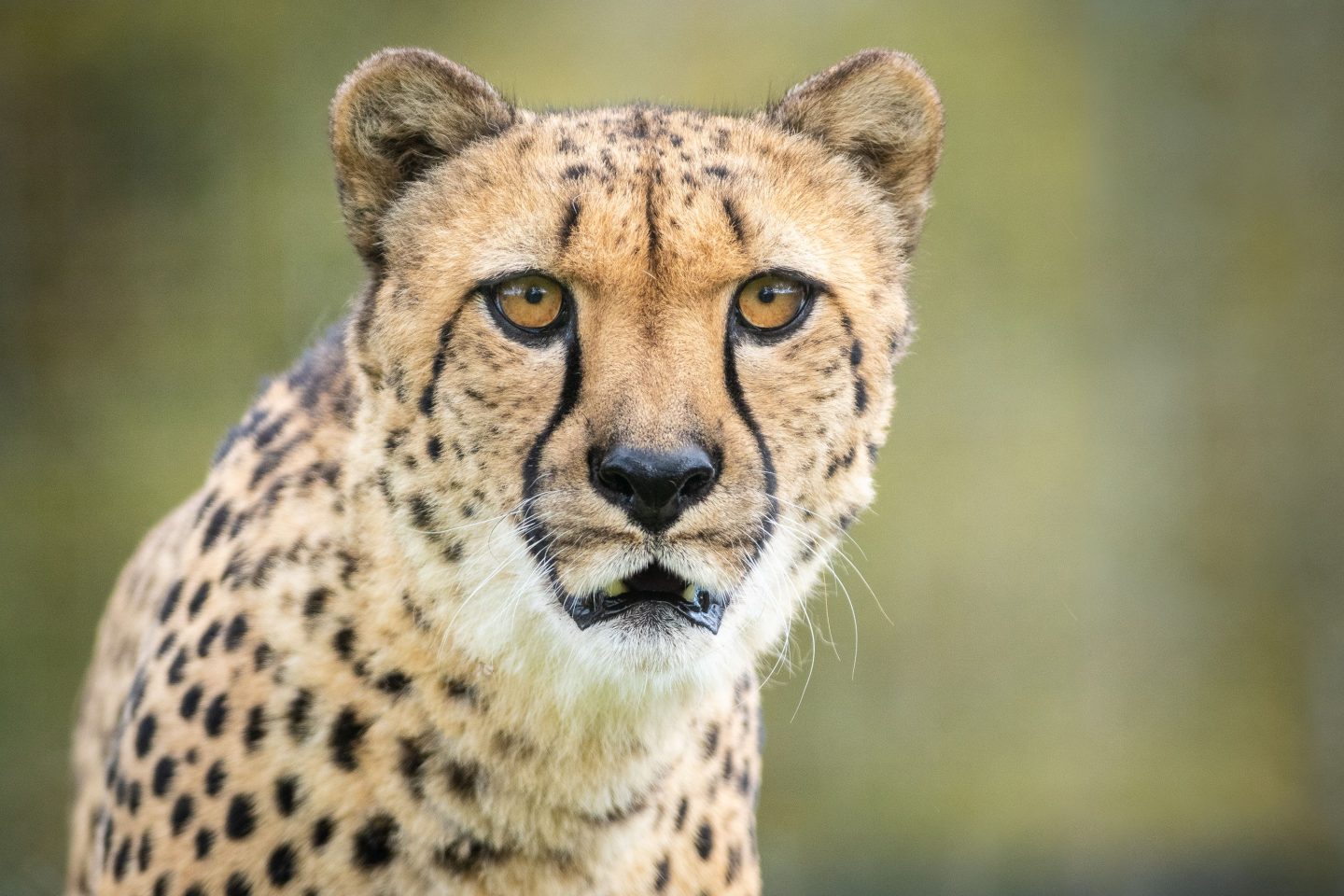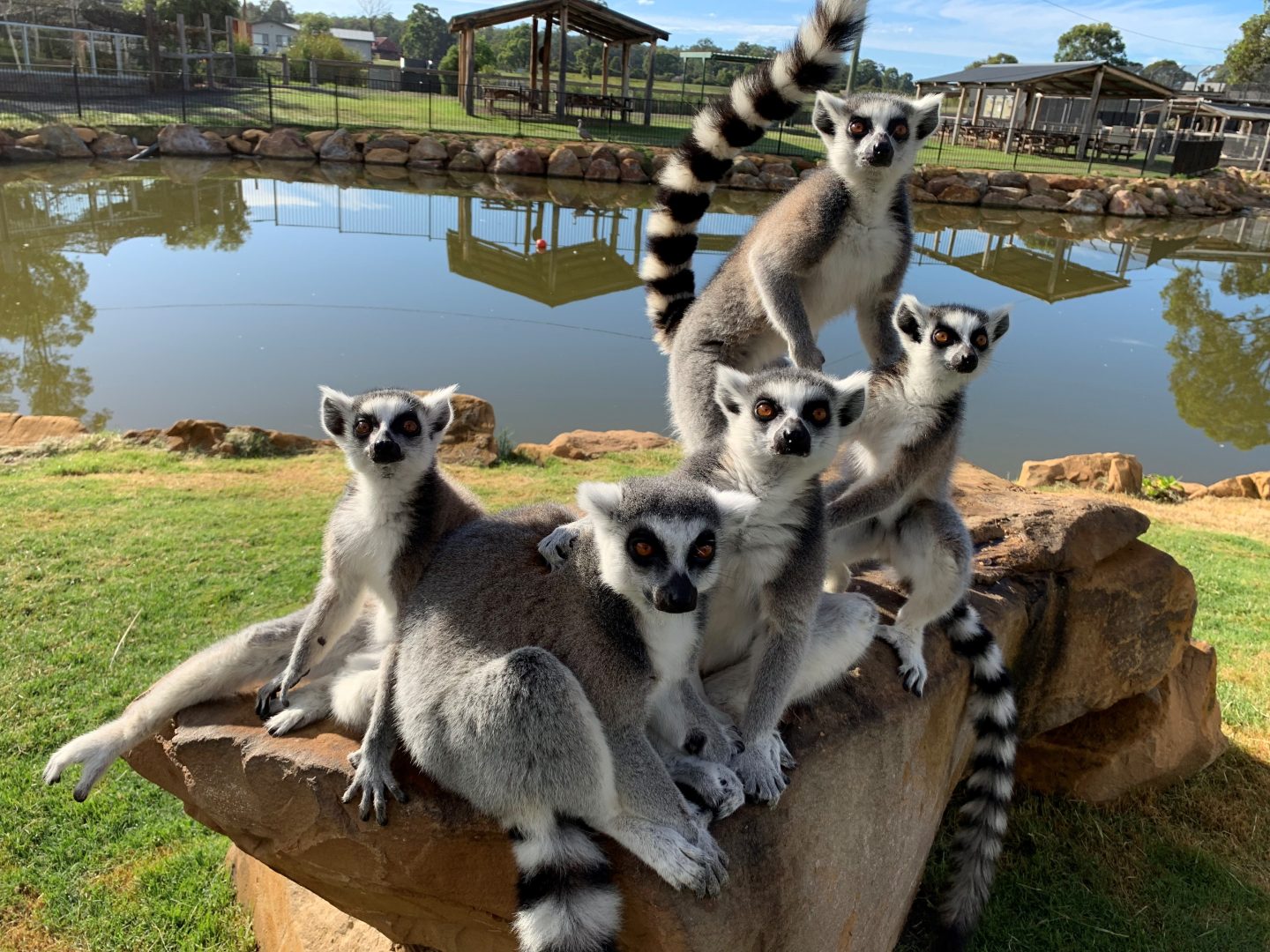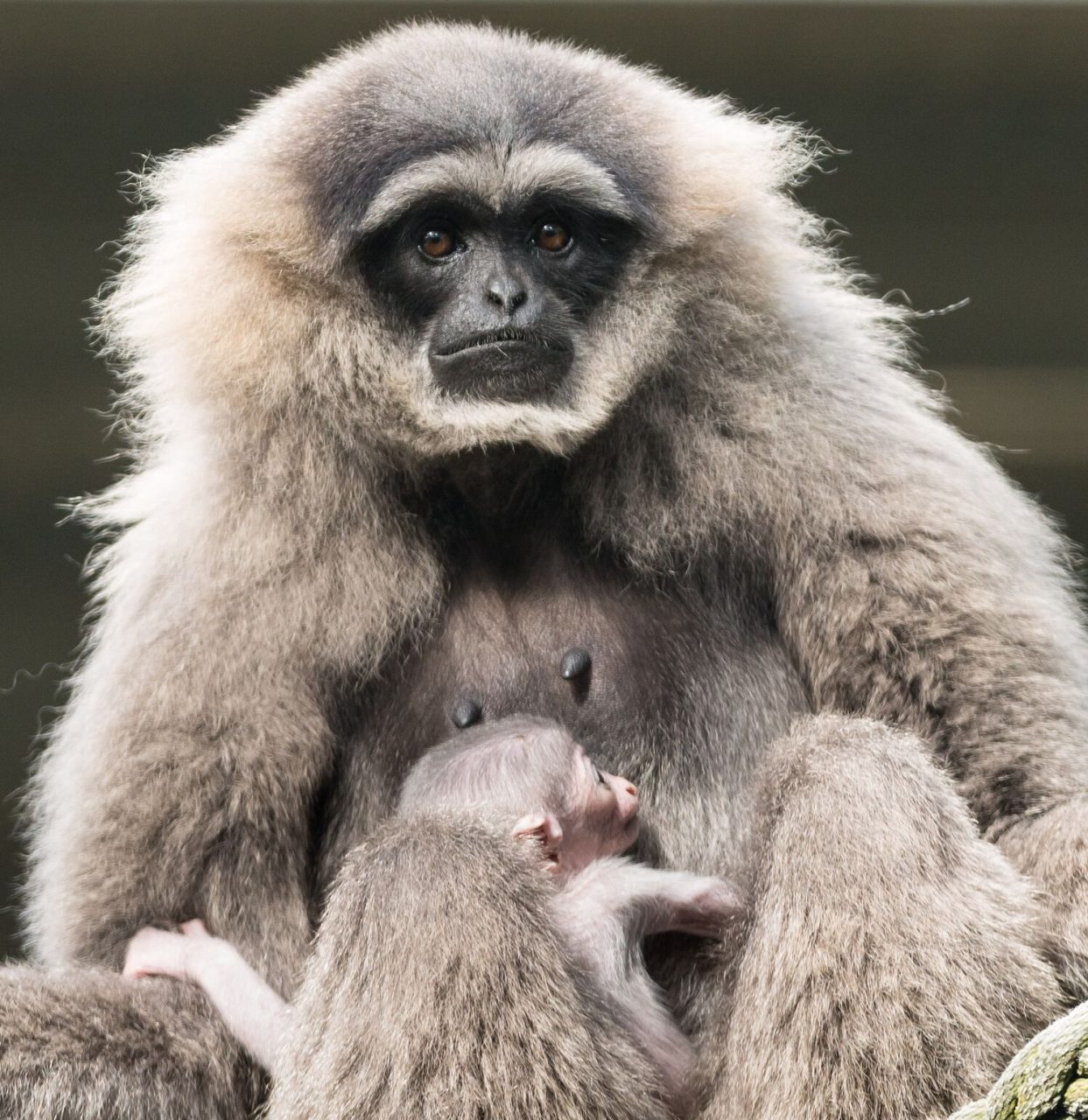LION
Panthera leo



DESCRIPTION
Lions, often called the kings of the jungle, are among the most majestic and powerful animals in the wild. Known for their strength, pride, and social nature, these big cats live in close-knit family groups called prides. Within the pride, playful lion cubs like Kion and Duke add an extra layer of energy and joy. While adult lions patrol their territory and hunt together, cubs like Kion and Duke spend their days practicing their hunting skills through playful pounces, mock battles, and exploring their surroundings with boundless curiosity. This early play is crucial, as it teaches them coordination, agility, and social bonds, which are essential for their future roles in the pride. Watching young cubs grow and develop under the protective gaze of their pride members showcases the beauty of lion family life in the savannah.
DIET
Lions are carnivores with a diet that primarily consists of large herbivores, such as wildebeests, zebras, and buffalo. They are skilled hunters, using teamwork and strategic ambushes to capture prey that often outweighs them. While lionesses do most of the hunting, males also participate, especially when the target is a larger animal that requires greater strength to subdue. Lions consume their prey in large quantities, often eating up to 40 pounds in a single meal, which allows them to go without food for several days if needed. Their opportunistic feeding behaviour also means they will scavenge when necessary, taking advantage of carrion or stealing from other predators. For young cubs like Kion and Duke, the pride’s diet provides essential nutrients that fuel their rapid growth, and as they grow, they learn by observing and mimicking hunting techniques from the adults, gradually preparing for the day they will join the hunt.
ENDANGERMENT STATUS
Lions are currently listed as a vulnerable species, facing a range of threats that have led to a significant decline in their population over the past few decades. Habitat loss due to expanding agriculture, urban development, and human encroachment has reduced the wild spaces where lions can thrive. Additionally, human-lion conflict is a major issue; as lions often prey on livestock, they are sometimes killed by farmers to protect their livelihoods. Poaching and illegal wildlife trade also pose serious threats, as lion bones and other body parts are sought for traditional medicine. Climate change has further impacted their prey availability, pushing lions into territories where survival is harder. Conservation efforts aim to protect lion habitats, reduce human-wildlife conflict, and address illegal hunting, but reversing their decline remains a challenging task. Protecting lions is essential not only for their survival but for the balance of their ecosystems, where they play a critical role as apex predators.
ANIMAL FACTS
LION
GROUP NAME
Pride
Native To
Central Africa
SIZE
150kg to 250kg
BABY NAME
Cub
Habitat
Lions primarily inhabit grasslands, savannas, and open woodlands, which provide the open spaces they need to hunt and ample cover for stalking prey. These habitats offer the perfect mix of grassy plains for spotting prey and scattered trees and shrubs for shade, rest, and camouflage. African lions are typically found in sub-Saharan regions, where the climate and terrain support a range of prey animals. Meanwhile, Asiatic lions, a smaller population, inhabit the dry deciduous forest of Gir in India, adapting to a more densely vegetated environment. As apex predators, lions require large territories to support the hunting needs of their pride, and these ranges can span anywhere from 20 to 400 square miles, depending on prey availability. Sadly, human encroachment and habitat loss continue to shrink these natural spaces, making conservation of these habitats vital for the lions' survival.

Did You Know?
Unlike most other big cats, lions are highly social and live in family groups called prides, typically consisting of related females, their cubs, and a few male lions. This social structure helps with hunting and protecting their territory.
Lazy Lifestyle: Lions are known to be quite the loungers, spending up to 20 hours a day resting or sleeping! Their relaxed lifestyle conserves energy for hunting, allowing them to powerfully burst into action when it's time to chase down prey.
Social Cats: Unlike most other big cats, lions are highly social and live in family groups called prides, typically consisting of related females, their cubs, and a few male lions. This social structure helps with hunting and protecting their territory.
Powerful Roar: A lion's roar can be heard up to five miles away! This incredible vocalization helps them communicate across vast distances and assert their territory within the pride’s range.
MEET OUR
ANIMAL FAMILY

stay in touch with Your Australian wildlife parks family
Stay up-to-date and subscribe to our newsletters
Your information is only utilised by Australian Wildlife Parks. For more information see our privacy policy.
Read our Ticket Terms and Conditions of Entry for all Australian Wildlife Parks here
MOGO Wildlife Park acknowledges Aboriginal people as the traditional custodians of the land on which our offices and operations are located, and we pay our respects to Elders past, pres ent and future.
© 2019-2024 Australian Wildlife Parks • Privacy Policy • Disclaimer















